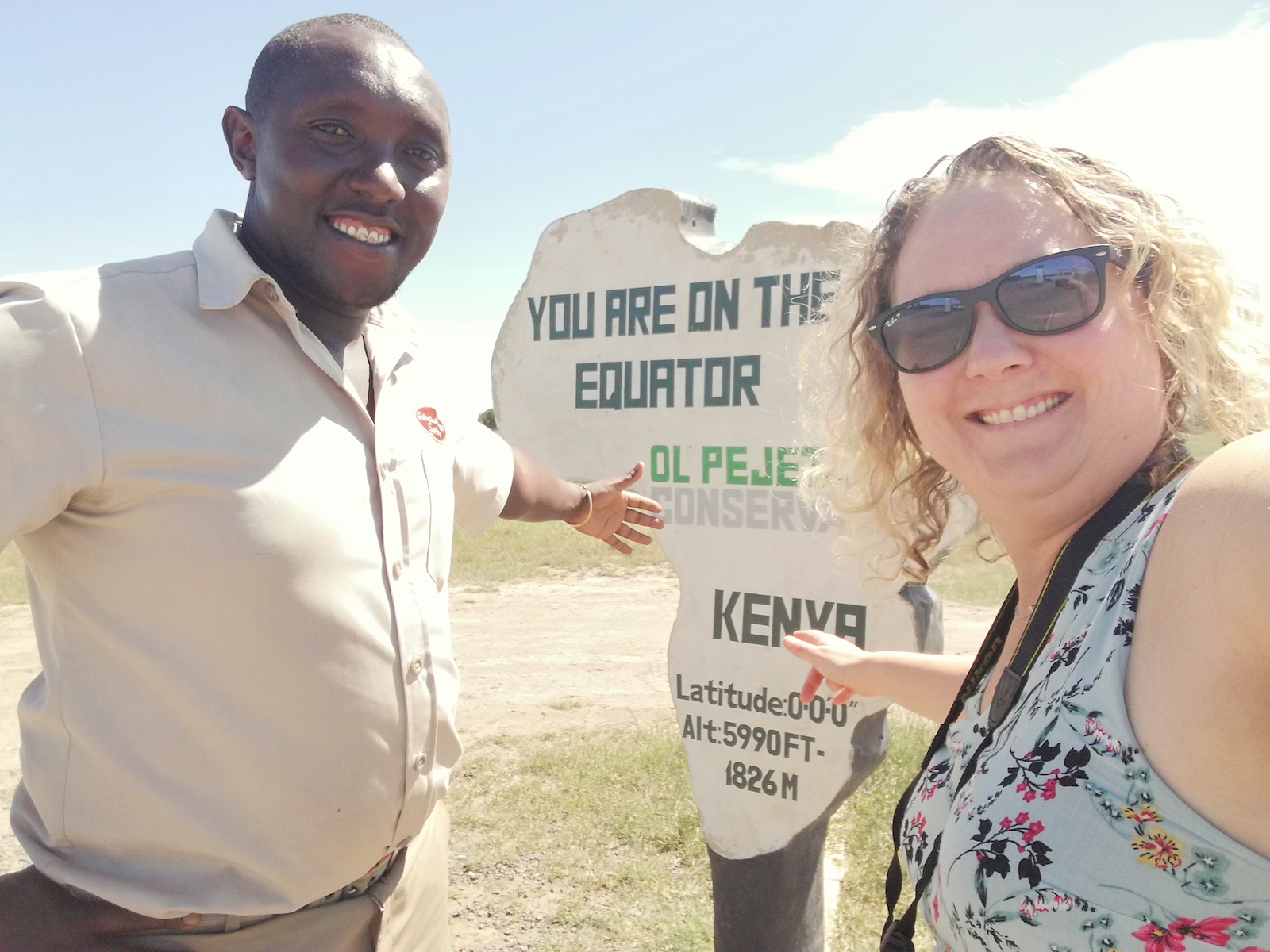We frequently revisit well trodden paths to make sure that they are still the paths we want our clients to travel. We want to ensure that the places and products we align with are indeed delivering what we promise our guests. We love to investigate new places, visit never-before-seen destinations, and get a first-hand experience before we package it up and present it to guests who put their trust in us.
With that in mind, our holiday planners get to gallivant all over the globe, testing and trialling new experiences. African safari expert and Product Manager, Michelle, recently departed for a whirlwind Kenyan adventure and then settled in Botswana to attend the annual Travel & Tourism Expo. We interrogated her once she got back and now we’re excited to share her findings with you!
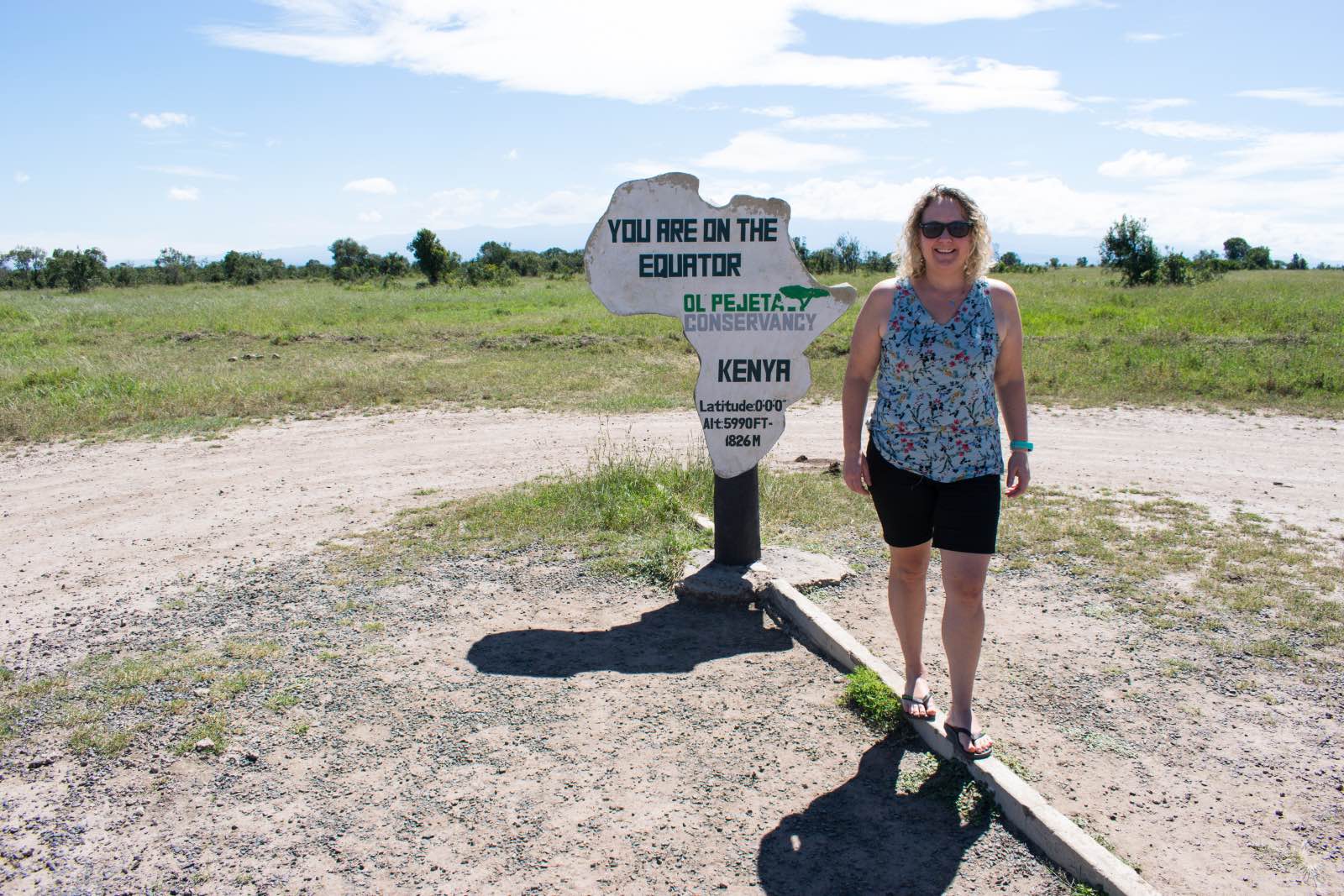
This is Michelle’s take on her safari in Kenya.
She checked in and overnighted at Elephant Bedroom Camp, Saruni Samburu Lodge, Sarova Lion Hill, Porini Mara Camp, Porini Lion Camp, Elephant Pepper Camp, Serian ‘The Original’, Governor’s Camp, Nairobi Tented Camp, Elewana Tortilis Camp, and Porini Amboseli Camp.
She visited and inspected Larsen’s Tented Camp, Ol Pejeta Cottages, Sweetwaters Tented Camp, Porini Rhino Camp, The Cliff, Porini Cheetah Camp, Ol Seki Mara Hemingways, Olare Mara Kempinski, Mahali Mzuri Camp, Mara Plains Camp, Karen Blixen Camp, Kicheche Mara Camp, Serian Camps in Mara North, Sanctuary Olonana, Kichwa Tembo, Governor’s Camp properties, Ol Tukai, and Tamarind Tree Hotel.
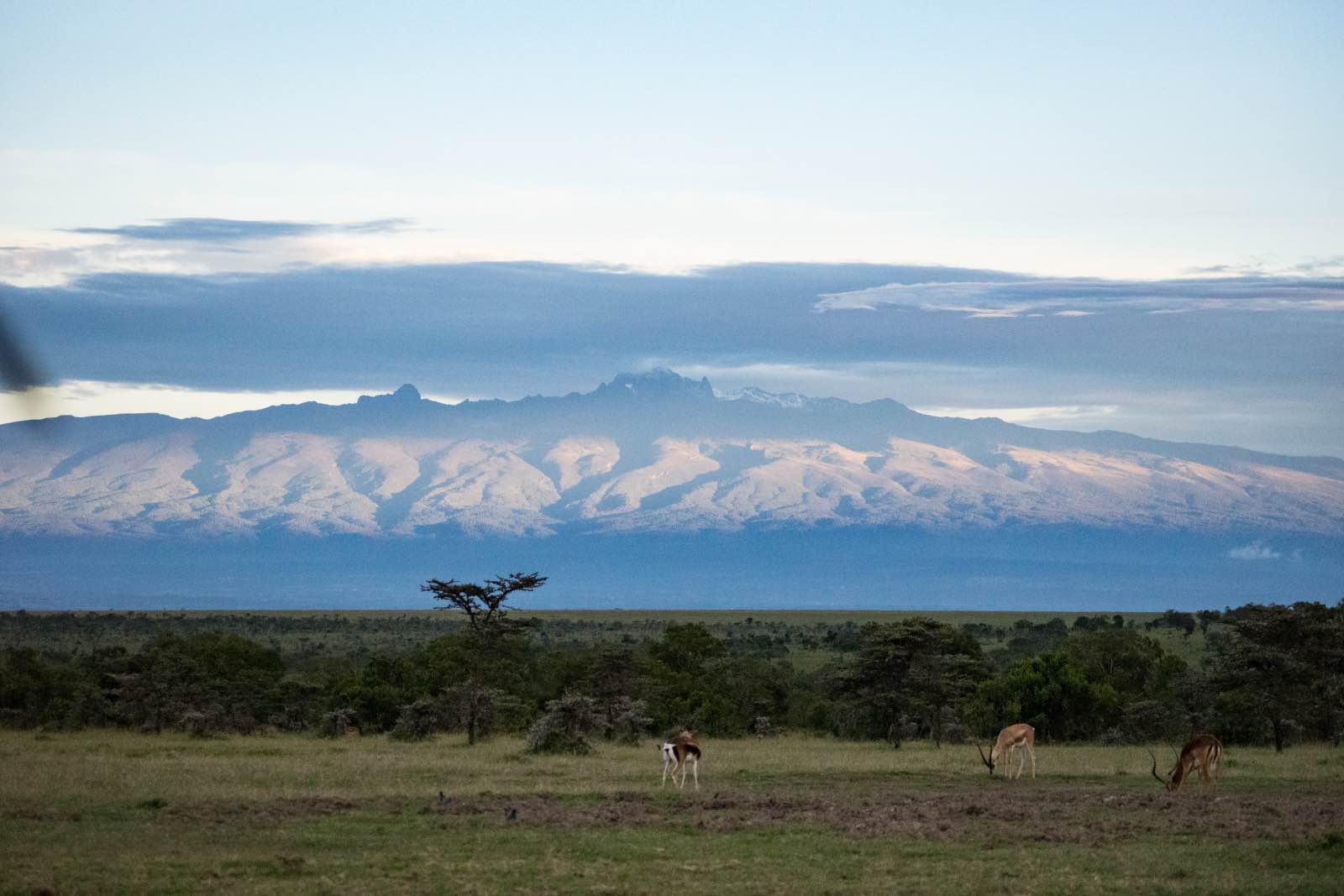
SS: Have you been to Kenya before? What was new to you?
Michelle: All of Kenya was new! I visited some of the main safari areas: Samburu National Reserve, Ol Pejeta Conservancy, Lake Nakuru and the Masai Mara – both the National Reserve and various private conservancies. I loved everything about the country. The people were great, scenery was lovely and there was a diversity of wildlife across the various reserves. I was super lucky to see a few black rhino, which I had not seen for over 20 years.

SS: What was your favourite moment overall?
Michelle: I had the best lion sighting ever on my last game drive in the Masai Mara, towards the end of the day. It had been raining quite a bit during the day and the night before and the sun had finally come out. We sat watching this huge pride of lions – the Ridge Pride – for about 90 minutes, with our sundowner drink in hand. The Ridge Pride had a few adult females with cubs of different ages. The lions were happy the sun came out as they were all frisky and playing with each other and the moms and just having some fun! Really was a great interaction.
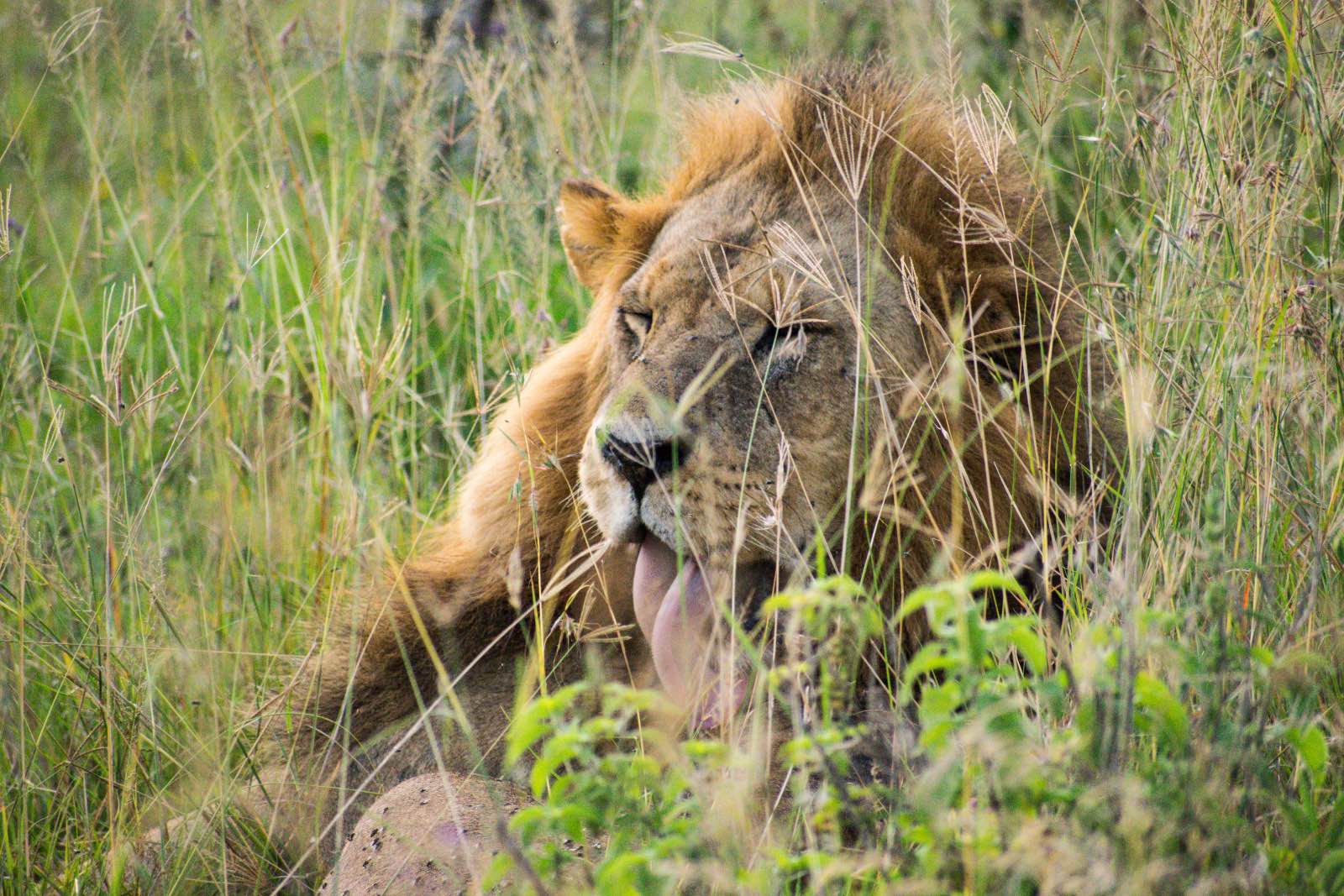
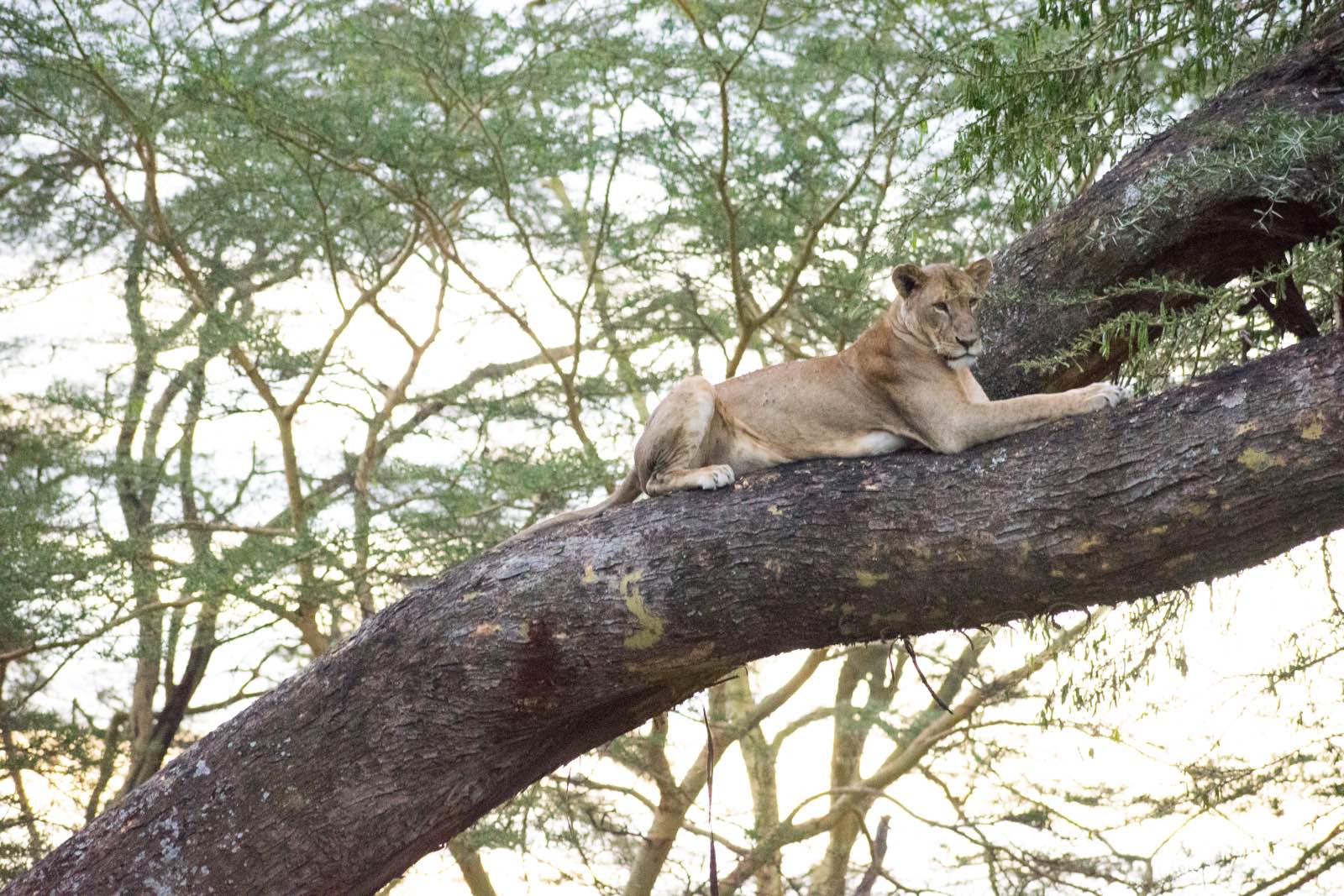
SS: In your opinion, what does the ideal Kenya safari itinerary look like?
Michelle: A perfect safari in Kenya in my opinion would include both Samburu and Masai Mara. Samburu offers outstanding game viewing, plus, has animals not seen anywhere else in Kenya – the Samburu Special Five. This includes the Grevy’s zebra, reticulated giraffe, Somali ostrich, beisa oryx, and the long-necked gerenuk. Plus the beautiful vulturine guinea fowl, which is not found in the other parks. Add in the Ol Pejeta Conservancy where you can see the endangered black rhino and it is a winning combination. All areas can be accessed by flights and the road network in Kenya is great, so a private vehicle and guide hire is a great option.
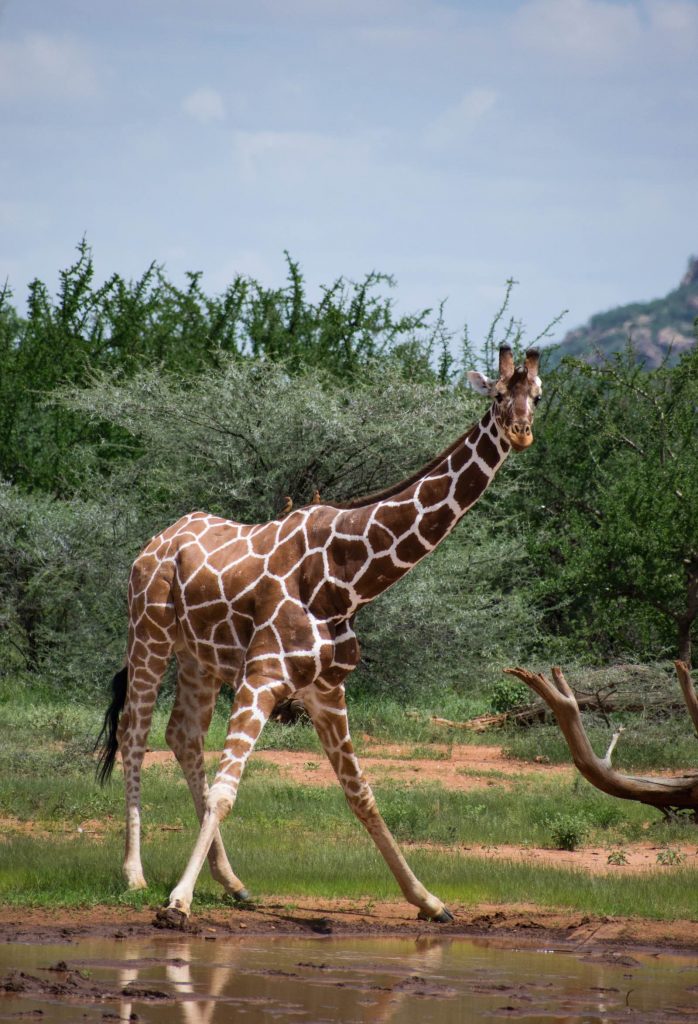

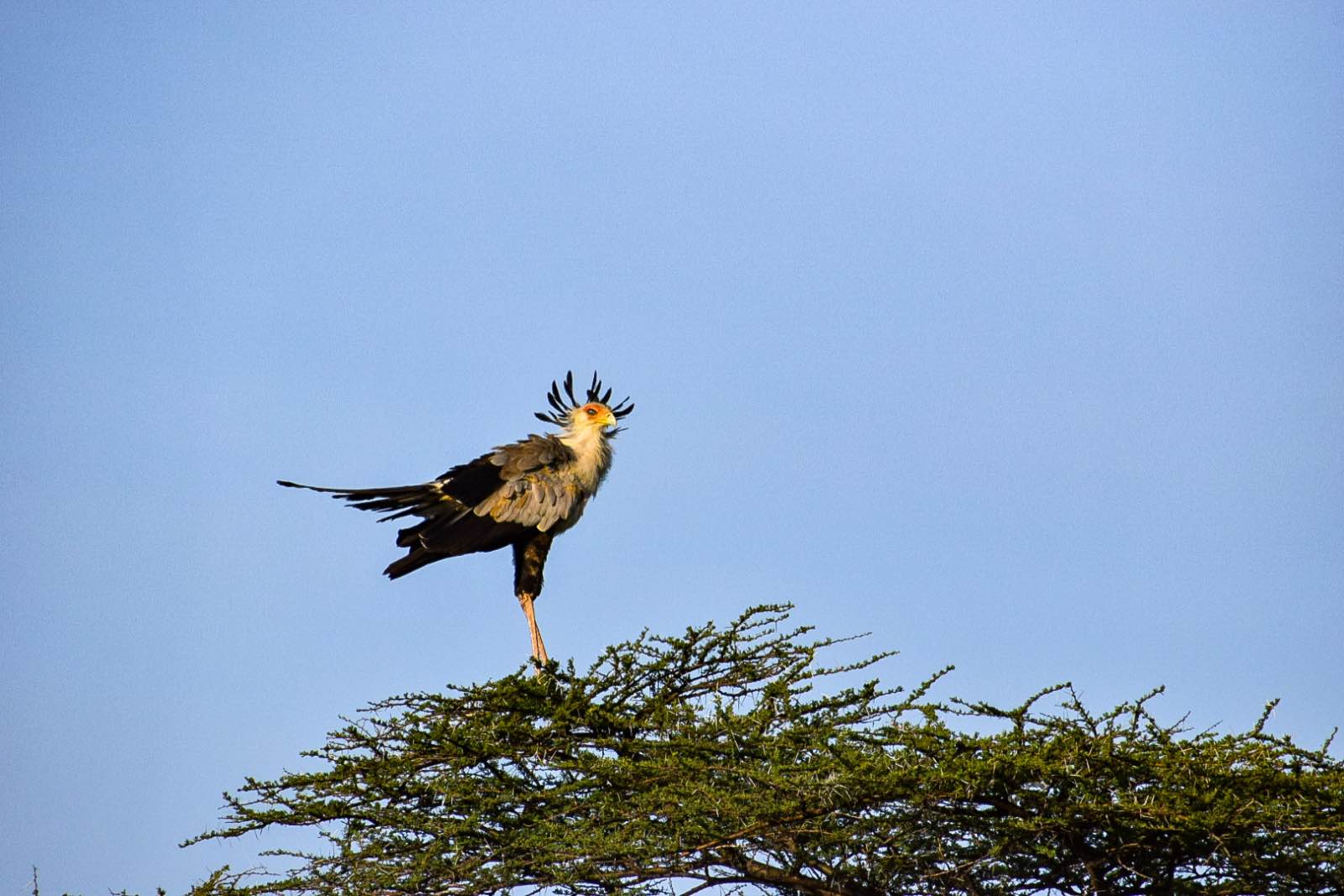
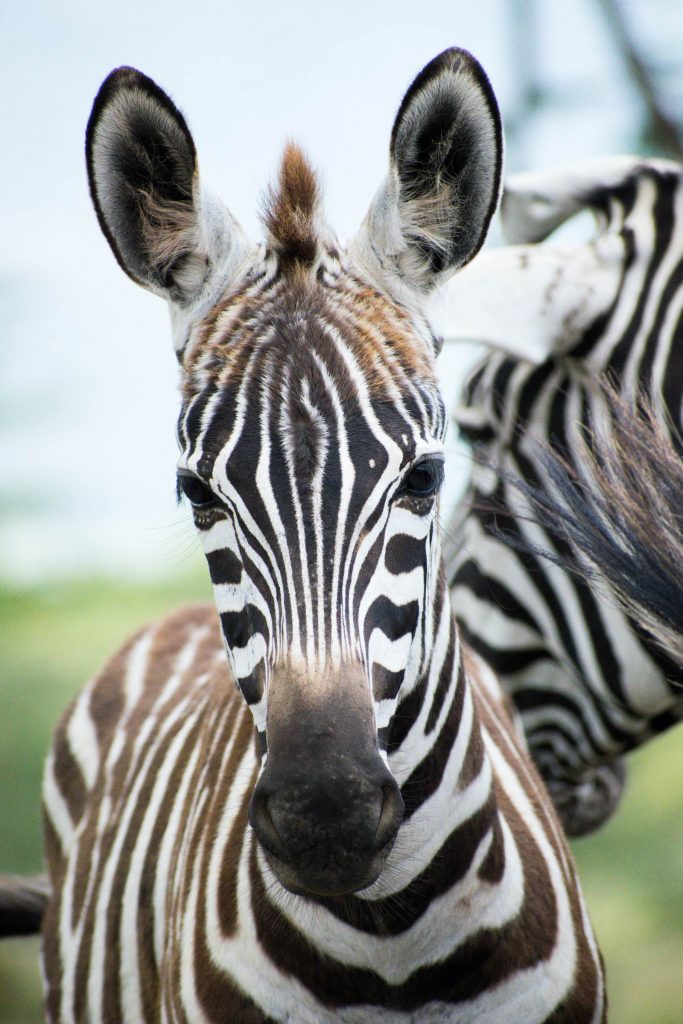
SS: Which safari camp would you say was your favourite?
Michelle: I stayed at various styles of camps including a large lodge. What struck me at every single camp I stayed at or visited for a lunch and site visit, was that the staff at all the lodges were excellent. Every place was welcoming, big smiles from any person you encountered on the team. Generally the food was excellent at every stop and the guiding at the safari lodges was outstanding. Most times the guides were from the area they were guiding in, so had the insider local knowledge.
If I had to choose, I have two camps that I loved, perhaps more from an experience point of view than anything else. The first was Saruni Samburu. The whole camp and rooms were up on a granite ridge overlooking the surrounding Samburu. I love a view and wherever you were in the lodge, your breath was taken away. The other was Serian Ngare in the Mara North Conservancy. Only accessible by suspension bridge over the Mara River, it has four tents that overlook the Mara River. It had been raining the night before and we got there in the middle of a storm. We could see the Mara river rising in front of our eyes. The raging river provided the soundtrack for the rest of the stay!

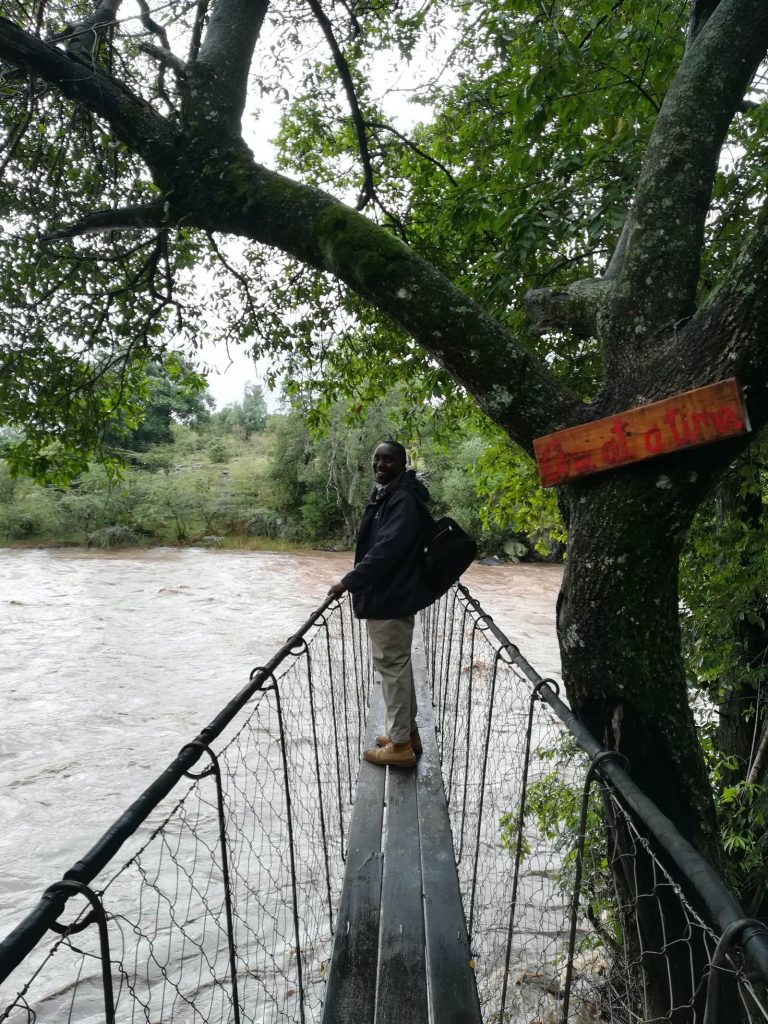
SS: Why is the Masai Mara a must-see destination?
Michelle:
The Masai Mara is teeming with wildlife all year round.
Big cat sightings are common.
The landscape makes for beautiful pictures.
The birdlife is excellent.
It is very easy to visit with daily flights from Nairobi.
Even a short visit of two or three nights will yield an epic game watching experience. There is a lot of resident game all year but the plains fill up with wildebeest from July through to October every year. There are daily flights from Nairobi on numerous airlines and air strips in all the private conservancies and in the main national reserve.
SS: What advice do you have for people wanting to experience a Mara safari?
Michelle: Private conservancies provide an excellent base to explore the greater Masai Mara. There is a limited number of camps in each conservancy, which means fewer vehicles around. Plus the surrounding communities benefit directly from your visit, as they are the landowners. Staying in a private conservancy means game drives are done in the immediate area and also into the National Reserve, should guests desire. The National Reserve has some great camps that see the migration herds first; however, there are more tourists in the National Reserve, especially in the migration period. Ideally a five to six-night stay can be split between two camps: one in the reserve and one in a private conservancy.

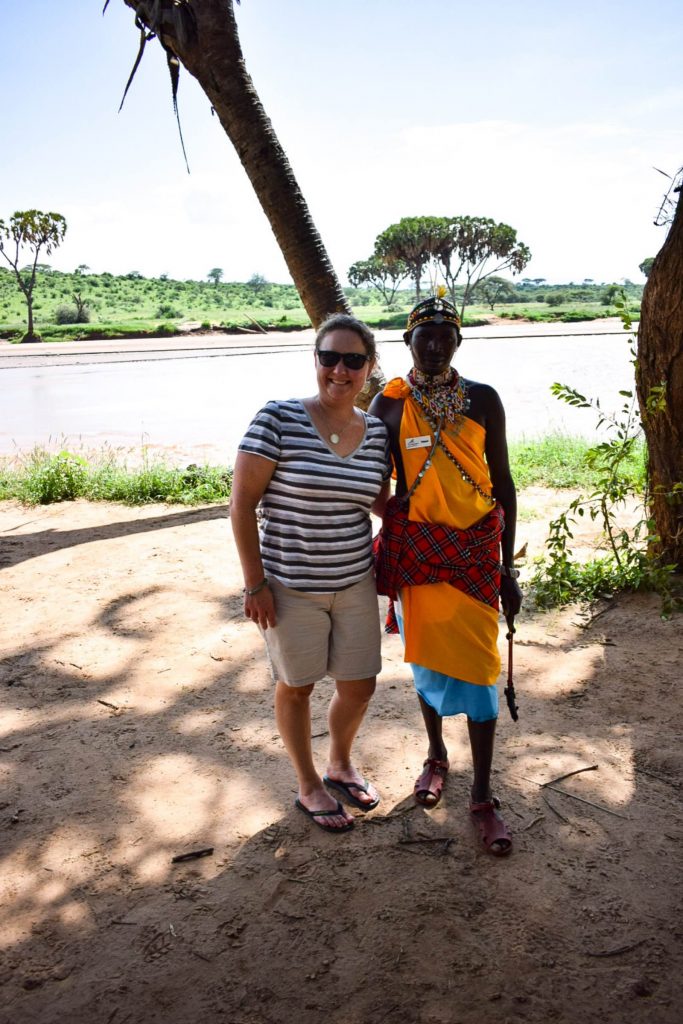
SS: What are your thoughts on Amboseli National Park?
Michelle: Amboseli is a perfect dry season safari destination and a good place to start off a longer safari in Kenya. There is always water available, as Mount Kilimanjaro looms in the distance and the run-off from the snow feeds the marshes of Amboseli. Early risers will see Mount Kilimanjaro clearly, but by mid-morning, cloud cover moves in. I did wake up and run outside at Elewana Tortilis Camp to get a great view of the mountain at 06h00! The marshes are home to huge herds of elephants in the dry season, as well as water birds and other animals.
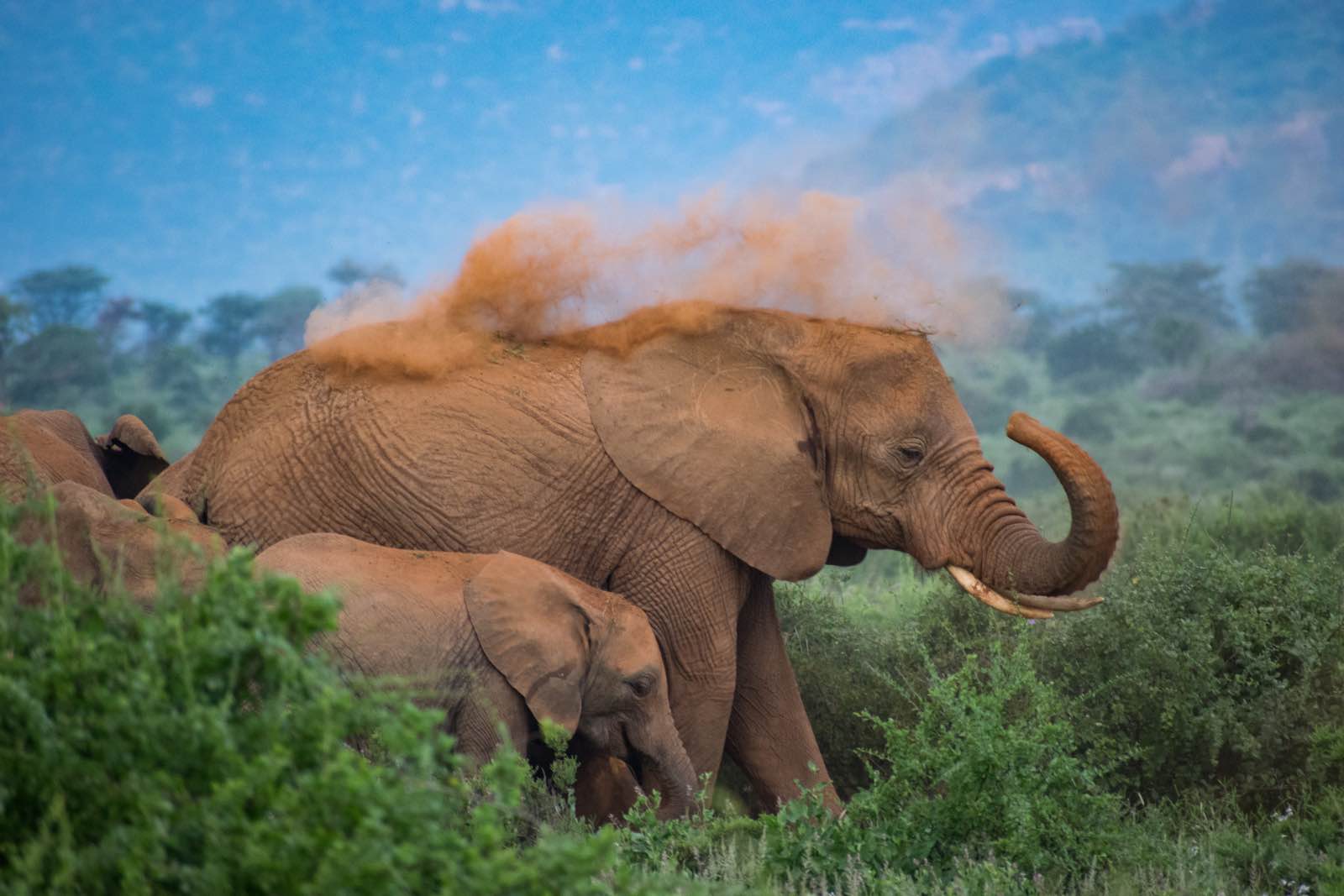
SS: Are the Giraffe Centre and the Sheldrick Trust worth visiting in Nairobi?
Michelle: I spent a day exploring Nairobi with a guide. We started off with a visit to the Sheldrick Trust, a fantastic organisation that rescues elephants from tricky situations in Kenya’s wildlife areas. They tend to be baby elephants who for whatever reason are no longer with their herds. Reasons range from getting stuck in the mud, drought, and more. They do a daily talk with a few of the young elephants in a cordoned off area. They told us all about their work, how they rescue elephants and how they rewild them – return them to herds in the wild in the Tsavo area. It was an amazing experience and the work they do is remarkable. I encourage my guests to adopt an elephant. Aside from being a very worthy cause, an “adoption” enables guests to have a private visit with their elephant if they are in Nairobi!
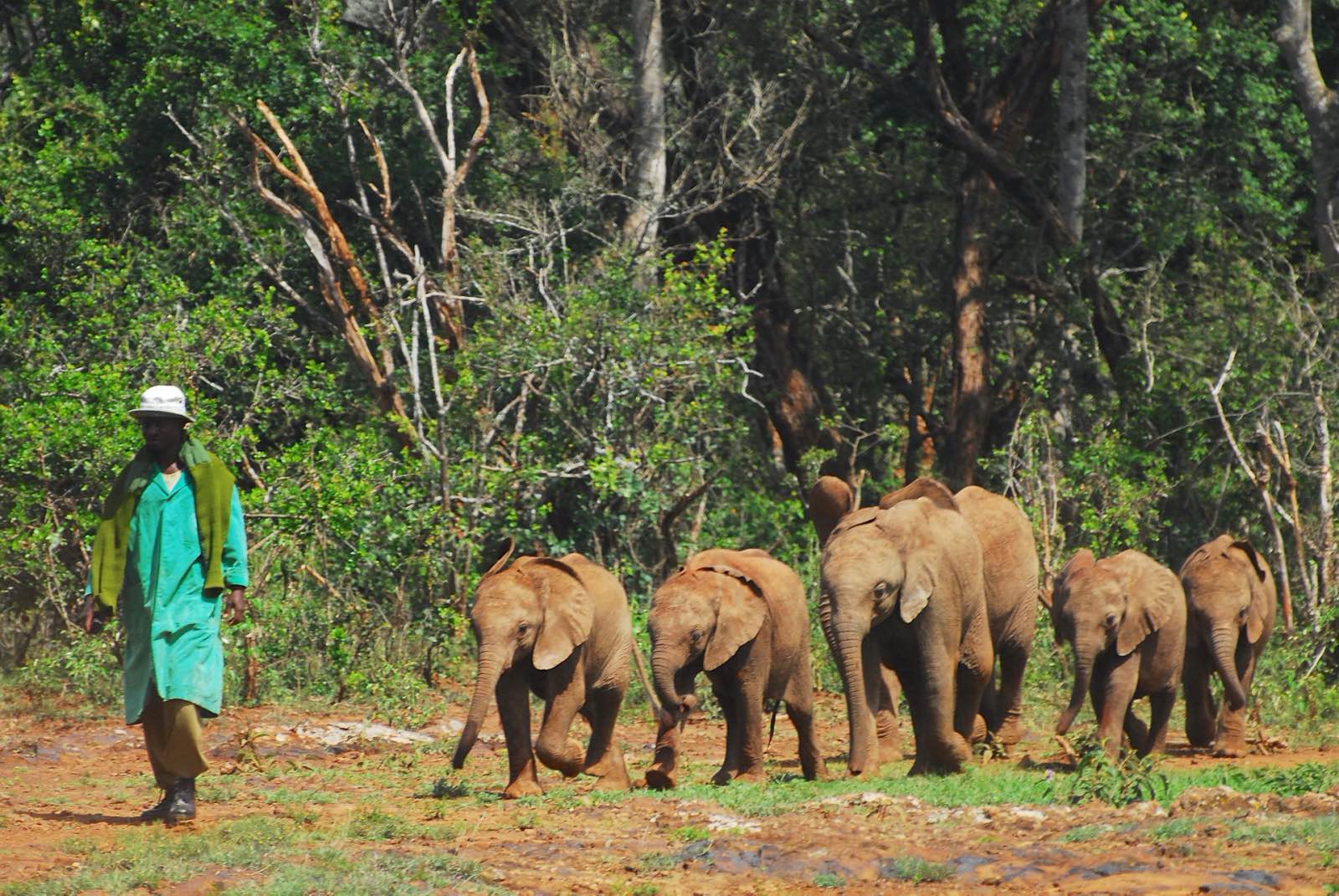
From the Sheldrick Trust, we went onto the Giraffe Centre. Here, the very endangered rescued Rothschild’s giraffe who are happy to eat special pellets from your hands. Their long purple tongues gobble what you are holding. You can see the Rothschild’s giraffe in the wild in the Lake Nakuru National Park where their numbers are slowly increasing.
I also went to the Kazuri Bead Centre in Nairobi and think it is worth going to! This centre employs only ladies, generally single moms or grandmothers who struggle to make ends meet. They make handmade ceramic beads and then create the most beautiful jewellery that is found in most of the curio shops around Kenya. When you go to the centre, one of the ladies shows you around, demonstrating how they make the clay from locally sourced sand, then mould the clay into bead shapes, glaze, then fire the beads, ensure quality control, then onto the final product. I really enjoyed this and love the bracelet I bought!
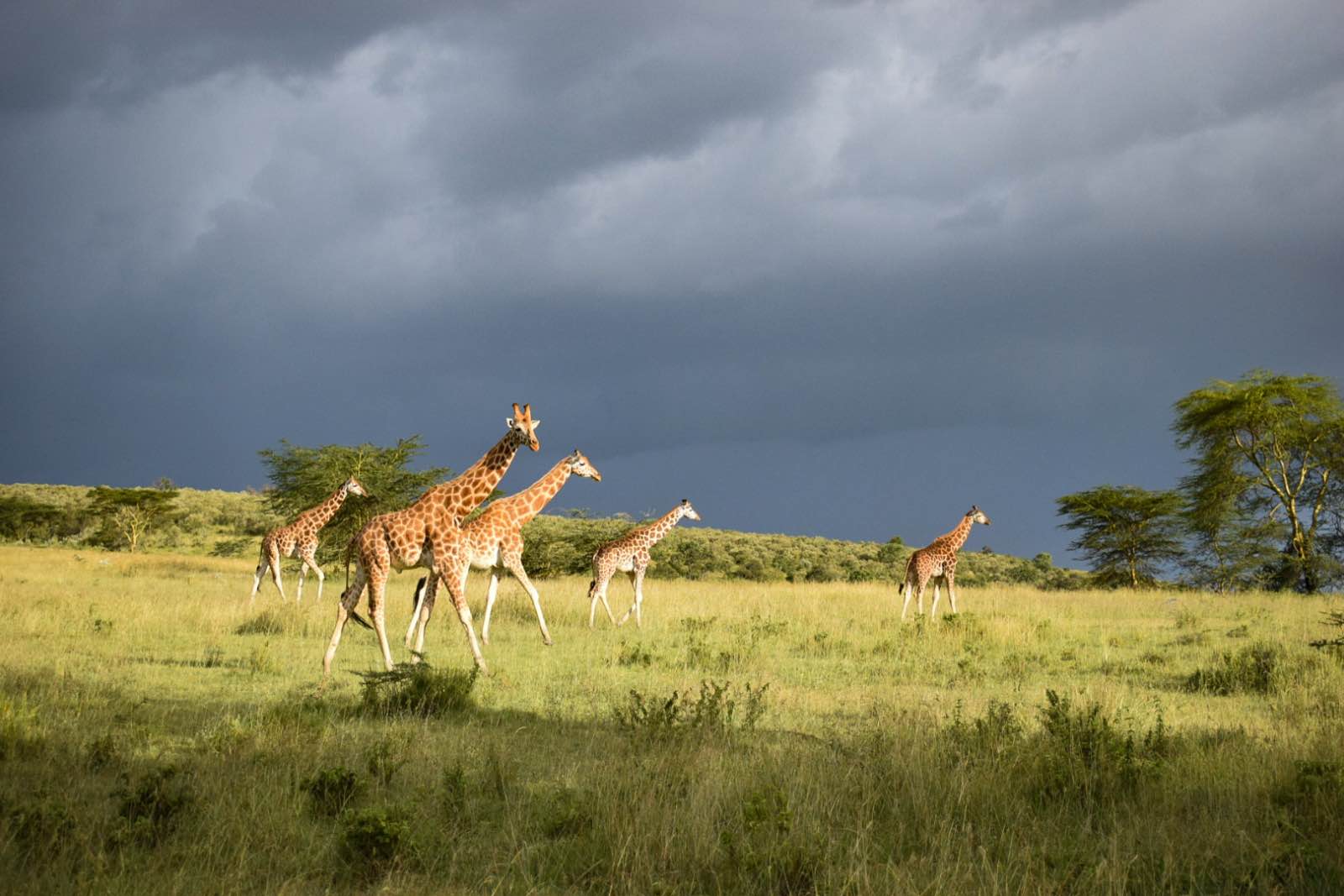
SS: One last piece of insight?
Michelle: I travelled around mainly with a private guide and Land Cruiser 4×4. Andrew is a local Masai man, whose family lives near the Masai Mara. Andrew’s knowledge of the country, birds, and wildlife was astounding, and it was so wonderful to be shown around by an expert!
